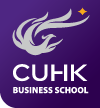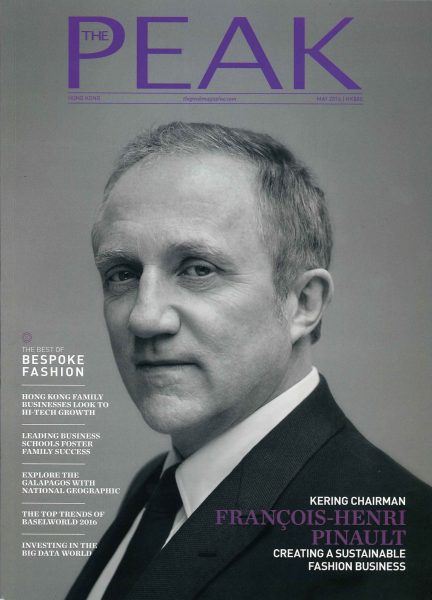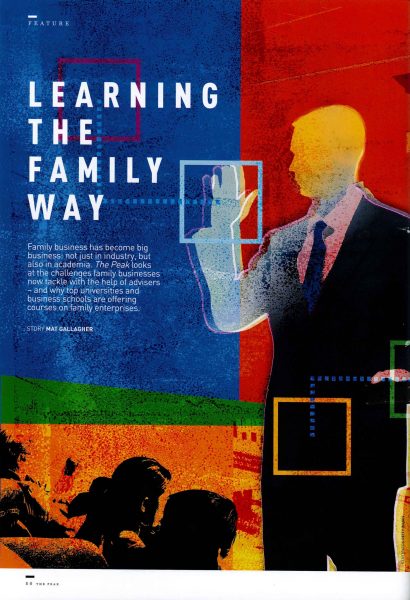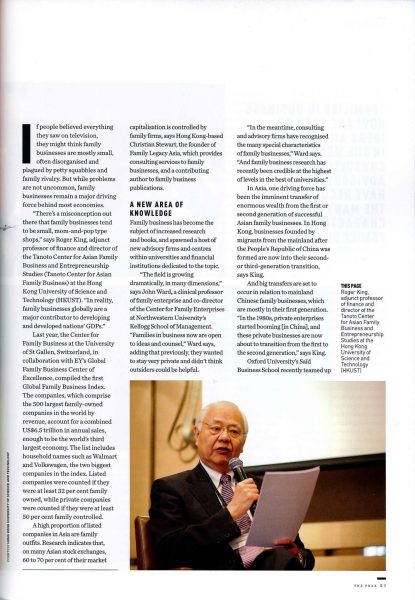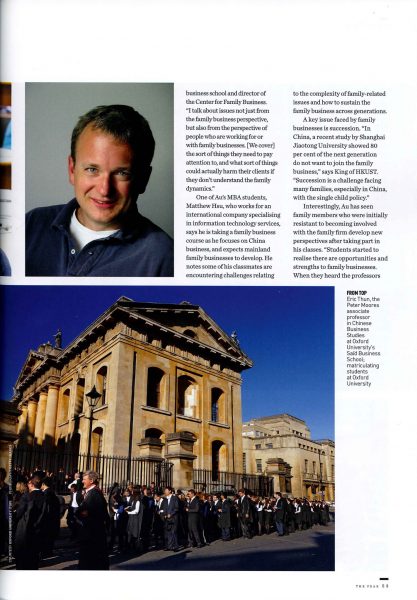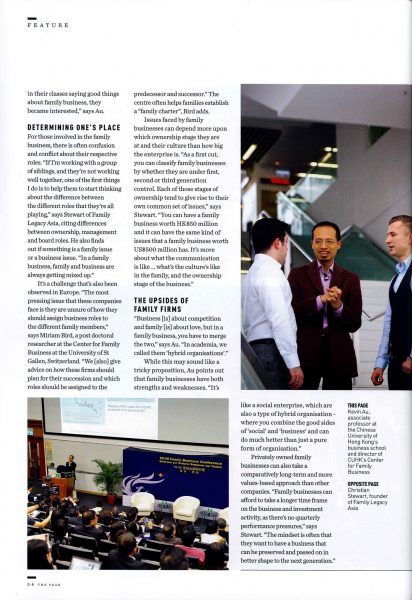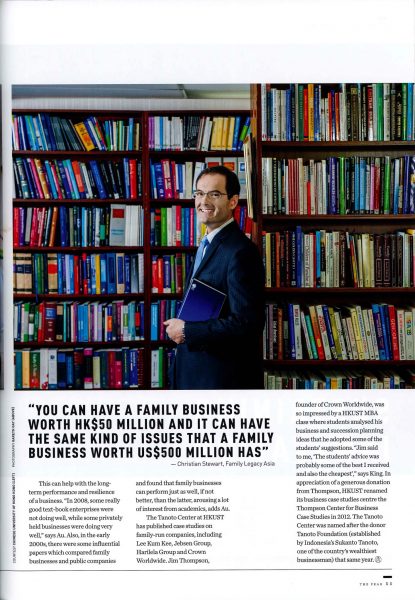Learning the Family Way
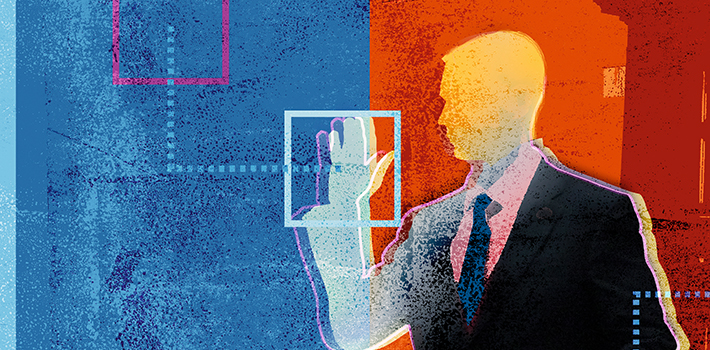
Universities and business schools are offering courses to help family businesses tackle challenges in operation and succession. Prof. Kevin Au says in an interview with The Peak magazine that he has designed an MBA course that focuses on issues not just from the family business perspective, but also from the perspective of professionals who are working for or with family businesses.
Family business has increasingly become the subject of research and books, and spawned a host of new advisory firms and centers within universities and financial institutions dedicated to the topic.
The Peak magazine has recently published a feature story titled “Learning the Family Way” in its May 2016 issue. The story looks at how family businesses tackle their challenges with the help of advisers, and why top universities and business schools are offering courses on family enterprises.
Since 2013, Centre for Family Business (CFB) at The Chinese University of Hong Kong (CUHK) Business School has collaborated with the Business Families Institute at Singapore Management University to provide a course for the Business School’s MBA programme. In addition, CFB offers conferences and workshops for families and a certificate program aimed at lawyers, accountants, directors and consultants who work with family businesses, in collaboration with the U.S.-based Family Firm Institute.
In an interview with The Peak magazine, Kevin Au, Associate Professor of Department of Management, Director of CFB and Centre for Entrepreneurship at CUHK Business School, talks about a 14-week course that he has designed for the Business School’s MBA programme, which includes case studies and discussions.
“[In the course,] I talk about issues not just from the family business perspective, but also from the perspective of people who are working for or with family businesses. [We cover] the sort of things they need to pay attention to, and what sort of things could actually harm their clients if they don’t understand the family dynamics,” says Prof. Au.
Matthew Hsu, a part-time CUHK MBA student, who is working for an international company specializing in information technology services, says that he is taking a family business course as he focuses on China business at his job, and expects mainland family businesses to expand. He notes some of his classmates are encountering difficulties that originate from the complexity of family-related issues and need to learn how to help family businesses become sustainable across generations.
A key issue faced by family businesses is succession. Prof. Au has seen family members who were initially resistant to becoming involved with the family business develop new perspectives after taking his classes.
“Students started to realise there are opportunities and strengths in every family business. When they hear the professors in their classes say good things about family business, they become interested,” states Prof. Au.
“Business is about competition and family is about love. But in a family business, you have to merge the two,” says Prof. Au. “In academia, we call them ‘hybrid organisations.'” While this may sound like a tricky proposition, Prof. Au points out that family businesses have both strengths and weaknesses. “It’s like a social enterprise, which are also a type of hybrid organisation. You combine the good sides of ‘social’ and ‘business’ and can do much better than just a pure form of business organisation.”
Privately owned family businesses can also take a comparatively longer-term and more value-based approach than other companies. “In 2008, some really good text-book enterprises were not doing well, while some privately held businesses were doing very well,” says Prof. Au. In the early 2000s, there were some influential papers that compared family businesses and public companies and found that family businesses could perform just as well, if not better, than the latter, arousing a lot of interest from academics, adds Prof. Au.
Please click on the images below to read the article published in The Peak magazine.
Source: The Peak
Date published: May, 2016
